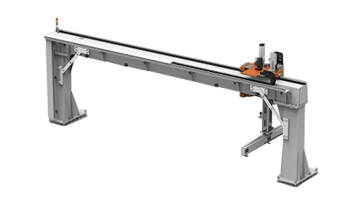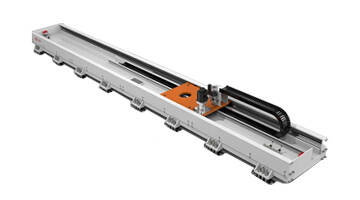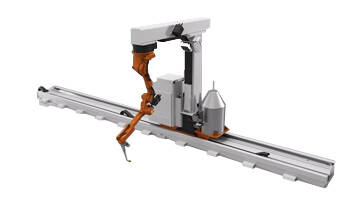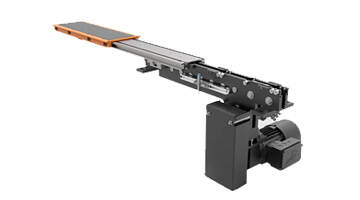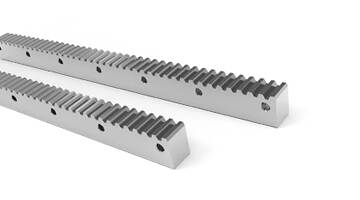Email format error
Email cannot be empty
Email already exists
6-20 characters(letters plus numbers only)
The password is inconsistent
Email format error
Email cannot be empty
Email does not exist
6-20 characters(letters plus numbers only)
The password is inconsistent

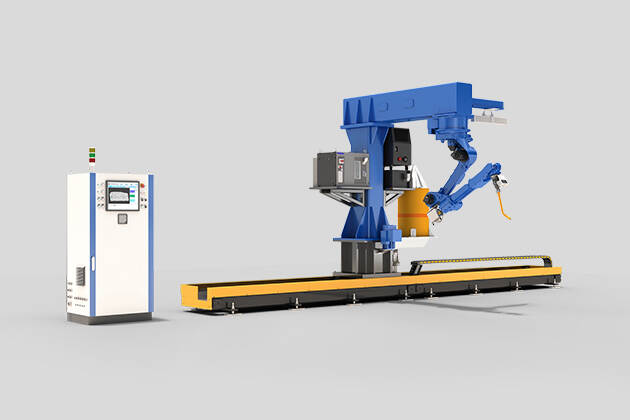
MIG vs TIG vs Spot Welding Robots: Which Is Right for You?
In today’s competitive manufacturing world, choosing the right welding robot is not as simple as picking the most advanced model. Many factory managers, production engineers, and business owners face the same dilemma:
“Should I invest in a MIG welding robot for speed, a TIG welding robot for precision, or a spot welding robot for sheet metal work?”
The wrong choice can lead to wasted investment, production bottlenecks, or quality issues. This guide breaks down the differences between MIG, TIG, and spot welding robots, so you can confidently select the best option for your production needs.
1. MIG Welding Robots – Fast and Versatile
MIG (Metal Inert Gas) welding robots are designed for high-speed, high-volume production. They use a continuously fed wire electrode and shielding gas to produce clean, strong welds.
Key Advantages:
- Speed – Continuous wire feed allows faster welding compared to TIG.
- Versatility – Works well with steel, stainless steel, and aluminum.
- Ease of Automation – Requires less precise positioning, making it ideal for robotic arms.
- Cost Efficiency – High throughput means lower cost per weld.
Best For:
Automotive frames, large structural parts, and industries requiring high productivity.
2. TIG Welding Robots – Precision for Delicate Work
TIG (Tungsten Inert Gas) welding robots are known for exceptional precision and weld quality. They use a non-consumable tungsten electrode and separate filler material (if needed).
Key Advantages:
- High Precision – Perfect for thin materials and detailed work.
- Superior Weld Appearance – Produces clean, aesthetically pleasing welds.
- Strong Welds – Excellent for stainless steel and aluminum.
Best For:
Aerospace components, medical equipment, and industries where appearance and accuracy are critical.
3. Spot Welding Robots – The Sheet Metal Specialist
Spot welding robots join two pieces of sheet metal by applying pressure and an electric current at a specific point. This process is extremely fast and ideal for repetitive tasks.
Key Advantages:
- High Speed – Can perform thousands of welds in a short time.
- Strong Joints for Sheet Metal – Common in automotive body manufacturing.
- Low Consumable Cost – No filler material required.
Best For:
Automotive body panels, appliances, and other mass-production sheet metal applications.
Comparison Table: MIG vs TIG vs Spot Welding Robots
|
Feature |
MIG Welding Robot |
TIG Welding Robot |
Spot Welding Robot |
|
Speed |
High |
Low to Medium |
Very High |
|
Precision |
Medium |
Very High |
Low to Medium |
|
Material Types |
Steel, Stainless Steel, Aluminum |
Stainless Steel, Aluminum, Thin Metals |
Sheet Metal |
|
Best For |
Structural parts, high volume |
Aerospace, medical, precision work |
Automotive body, mass sheet metal |
|
Consumable Cost |
Medium |
High |
Low |
How to Decide Which Is Right for You
Your Industry – Automotive? Aerospace? Heavy equipment?
Material Types – Thick steel plates or thin stainless sheets?
Production Volume – High-volume mass production or custom projects?
Quality Requirements – Is weld appearance critical?
Budget & ROI – Balance between initial cost and long-term efficiency.
Conclusion
Selecting the right welding robot is a strategic decision that impacts productivity, quality, and profitability. If you’re still unsure whether a MIG welding robot, TIG welding robot, or spot welding robot is the best fit for your production line, we’d love to help.
Share your thoughts in the comments – Which welding robot do you think fits your needs? Or contact Nanjing Haobo today to get expert advice and tailored solutions for your manufacturing challenges.


